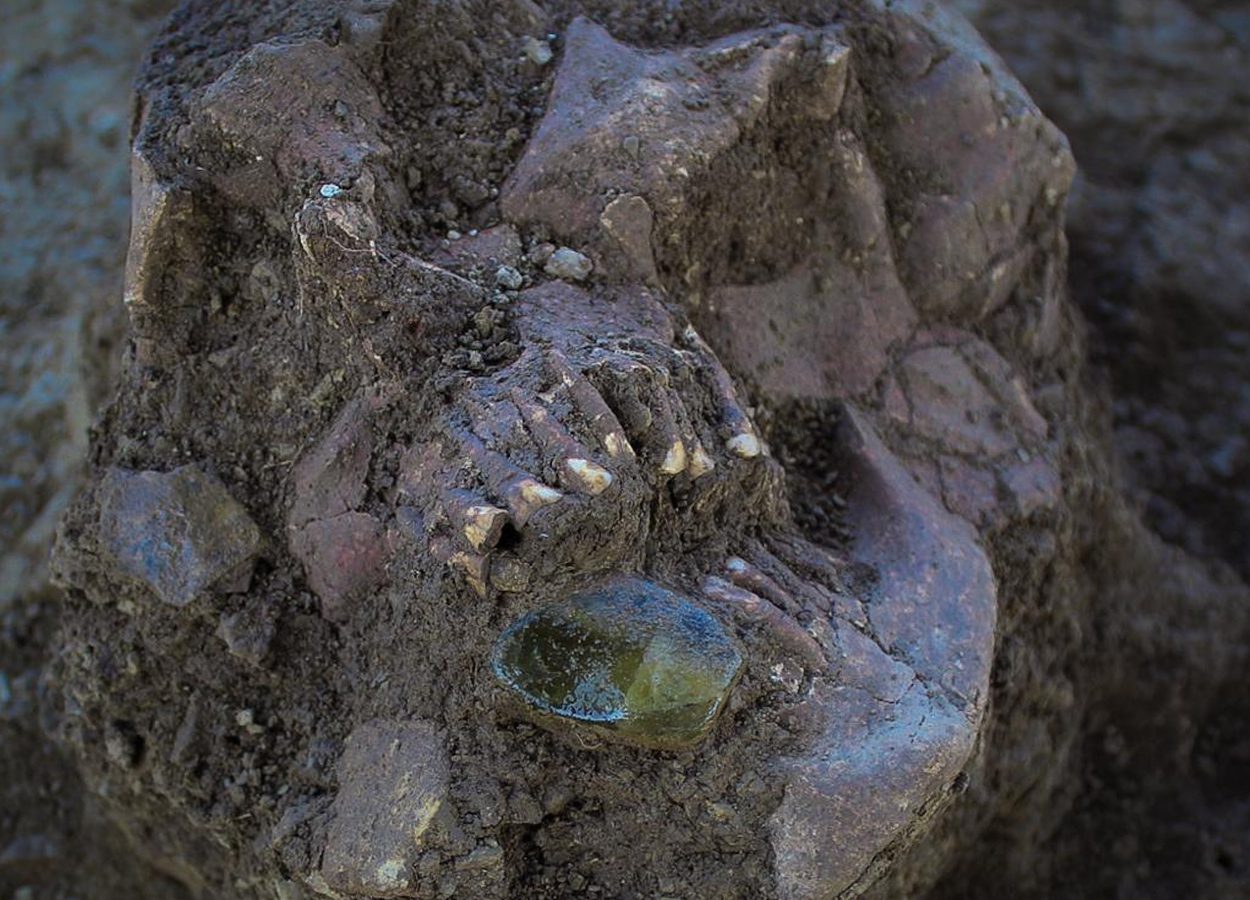Archaeologist from the National Institute of Anthropology and History (INAH), have uncovered a series of circular mounds at El Naranjo in the State of Tamaulipas, Mexico.
Excavations of the site were in preparation for the construction of the Mante-Ocampo-Tula highway, a government funded project to connect the municipalities of Mante, Ocampo and Tula.
The researchers have excavated two of the four mounds identified at the site, which contain burials corresponding to the late phase of the Classic Period, sometime between 600 and 900 AD (based on dating of ceramic types found in situ).
In total, the team have found a dozen burials mostly placed in the same position, all of which appear to correspond to the Huastec cultural tradition.

The Huastec civilisation is a pre-Columbian Mesoamerican culture, occupying a territory on the Gulf coast of Mexico that included the northern portion of Veracruz state, and neighbouring regions of the states of Hidalgo, Querétaro, San Luis Potosí, and Tamaulipas.
The Huastec often constructed circular mounds at major urban centres, such as the archaeological sites of Vista Hermosa and Platanito.
One of the circular mounds at El Naranjo measures 20 metres in diameter and was built with limestone and basalt masonry, believed to have been transported from some distance away. The mound contains the burials of three adults who are adorned with shell ornaments in the shape of a flower, obsidian blades, and green quartz earrings.
Another mound measures 30 metres in diameter and contains an adult placed inside a limestone construction, a funerary practice similar to those also observed at the Huastec site of Tamtoc in San Luis Potosí, south of the Tamaulipas state.
Header Image Credit : INAH





